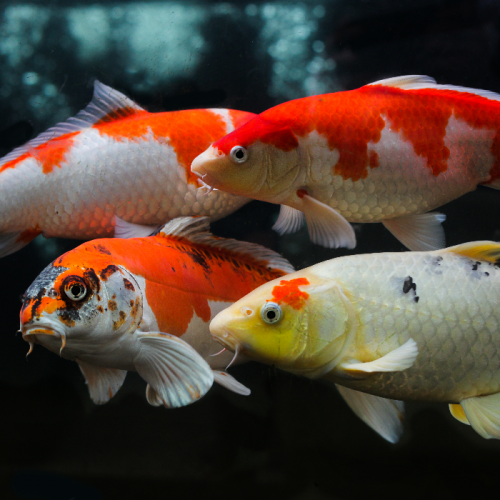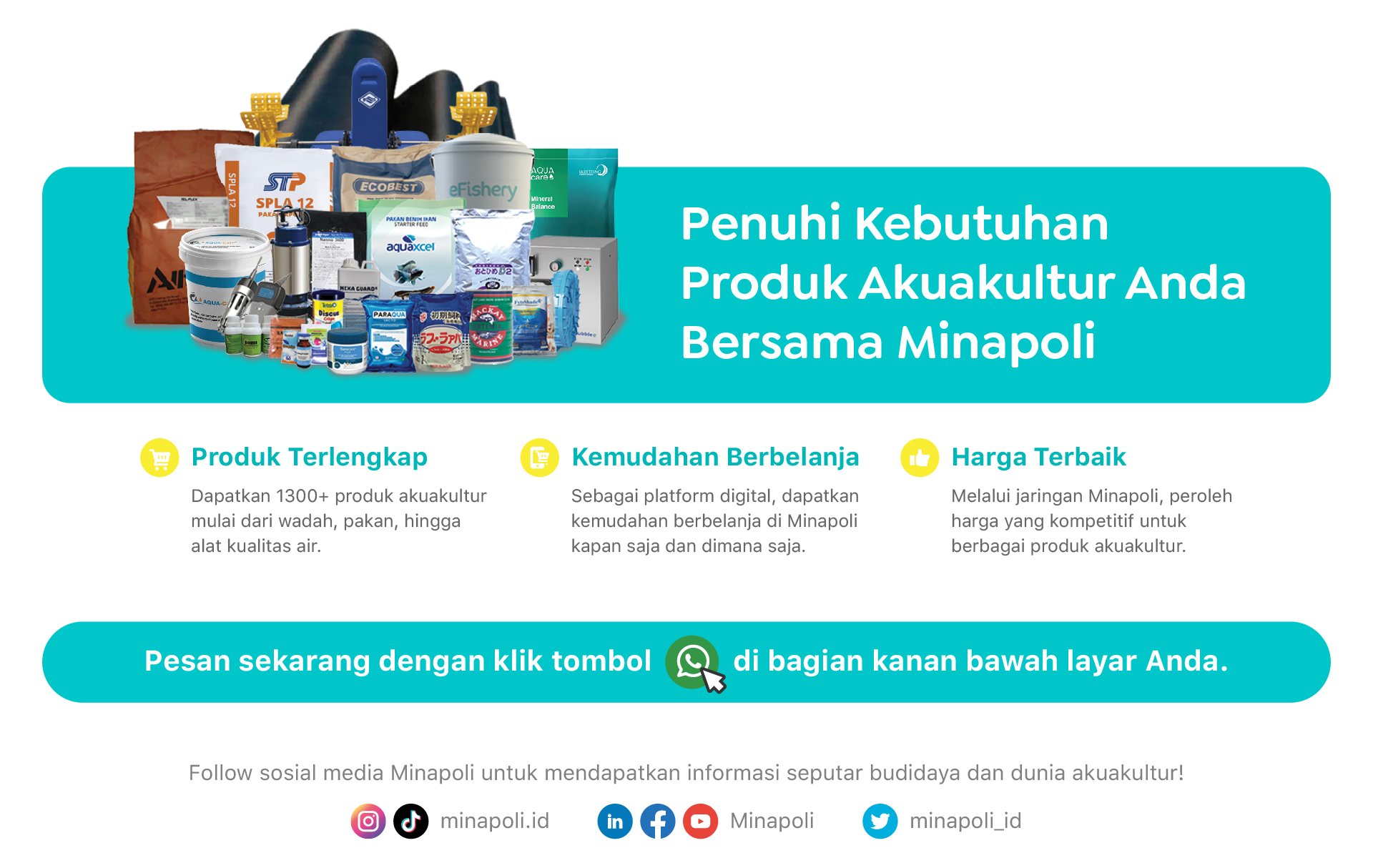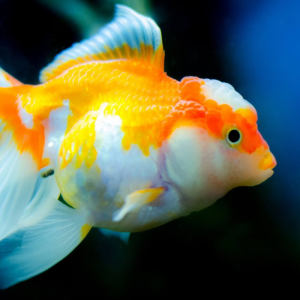Recirculating Aquaculture System (RAS) of fish farming is such that water being used in the pond is recycled. For instance rather than flushing out dirty water, the water is passed through a system that will sieve out the dirt from the water and then the same water is returned back into the pond for use by the fish.
Recirculating aquaculture system, or RAS, provide a constant and controlled environment for the fish, allowing for optimal and fully manageable production of African catfish, Tilapia and other fish species.
Now am sure you may also wish to know if this system has any advantage over earthen pond and flow through system of fishpond, well the advantage it has is that it helps in conserving water and so is best suitable for areas with limited supply of water as water is recycled for re-use.
Also, pond management does not easily constitute a nuisance to the neighborhood as the water to be flushed out is re-used but the major disadvantage is that it needs regular supply of electric power to operate and so in a country like ours, operating it could be expensive.
Meaning of Recirculating Aquaculture System (RAS) in Fish Farming
Recirculation aquaculture is essentially a technology for farming fish or other aquatic organisms by reusing the water in the production. The technology is based on the use of mechanical and biological filters, and the method can in principle be used for any species grown in aquaculture such as fish, shrimps, clams, etc.
Recirculation technology is however primarily used in fish farming, and this guide is aimed at people working in this field of aquaculture. Recirculation is growing rapidly in many areas of the fish farming sector, and systems are deployed in production units that vary from huge plants generating many tons of fish per year for consumption to small sophisticated systems used for restocking or to save endangered species.
Recirculation can be carried out at different intensities depending on how much water is recirculated or re-used. Some farms are super intensive farming systems installed inside a closed insulated building using as little as 300 liters of new water, and sometimes even less, per kilo of fish produced per year.
Other systems are traditional outdoor farms that have been rebuilt into recirculated systems using around 3 m3 new water per kilo of fish produced per year. A traditional flow-through system for trout will typically use around 30 m3 per kilo of fish produced per year.
As an example, on a fish farm producing 500 tons of fish per year, the use of new water in the examples given will be 17 m3/hour(h), 171 m3/h and 1 712 m3/h respectively, which is a huge difference.
Recirculating aquaculture systems (RAS) operate by filtering water from the fish (or shellfish) tanks so it can be reused within the tank. This dramatically reduces the amount of water and space required to intensively produce seafood products. The steps in RAS include solids removal, ammonia removal, Co2 removal and oxygenation.
Characteristics of Recirculating Aquaculture Systems (RAS)
1) Water quality
The water in the system is recirculated through tanks and a series of water treatments to remove waste products. Unless the water is treated, fish will stress, resulting in retarded growth, increased pre-disposition to disease and finally death.
You should have a good general knowledge of the principles of water chemistry and a good knowledge of the biology of the species being cultivated.
2) Tanks
Production tanks vary in size and shape. Smooth, round tanks with sloping bottoms are useful as solids can be concentrated and subsequently removed from a center drain. This design facilitates thorough cleaning and ensures aeration is evenly distributed.
3) Filters
In simple recirculation systems, water may be treated by two processes: mechanical filtration (to remove solids such as fecal matter, uneaten feeds, etc.) and biological filtration to remove dissolved toxic wastes.
Other system components
Depending on your location and the species you are planning on farming, you should consider including other components such as disinfection devices, foam fractionators (or protein skimmers), dedicated aeration units and temperature control.
4) Support equipment and facilities
You should also make sure you have access to water quality testing equipment, a purpose-built facility to accommodate bulk feeds and hygiene measures to limit the spread of disease.
Related topic: Benefits of Recirculating Aquaculture Systems
Advantages of Recirculating Aquaculture System
The advantages of farming in RAS are:
- Fully controlled environment for the fish
- Low water use
- Efficient energy use
- Efficient land use
- Optimal feeding strategy
- Easy grading and harvesting of fish
- Full disease control
- Constrains of Recirculating Aquaculture Systems
To allow the use of RAS grow outs, there are a few constraints in respect of infrastructure, feeds and staff:
- Necessity for electricity 24/7
- Good water source, preferably borehole
- Good fish feed quality, preferably high protein and fat extruded diets with high digestibility
- Technically skilled staff able to work in a medium tech environment
Recirculating Aquaculture System grow outs are the best option for locations close to or in cities, with good availability of electricity. Next to this, using RAS technology is the only possibility for farming tropical fish species in moderate to cold climates indoor.
Basic principles of a Recirculating Aquaculture System
A basic Recirculating system consists of the following components:
- Fish tank
- Mechanical Filter
- Biologicial Filter
- Pump tank
- Pump
- Other items (e.g. UV-C light, oxgenation devices, aeration devices, feeders, monitoring, etc.)
Mechanical filter
In a RAS system the mechanical filter is used to remove the suspended solids from the system water flow. These solids, primarily faecal matter, need to be removed in order to maintain water quality. Depending on the situation we either choose for drumfilter(s) or sedimentation filter(s).
Sedimentation filter
The water flowing from the fish tank(s) is led through the sedimentation tank. In this tank the non-soluble, solid particles are separated from the system water using gravity. The sedimentation tank is filled with a specially adapted polypropylene filter pack.
The solids are allowed to settle on these filters. The settled particles form a layer of silt on the bottom of the sedimentation tank. This silt is biologically very active: up to 60% of the nitrates produced by the biofilter are denitrified by the bacteria in the silt into nitrogen gas.
Depending on the feed load on the system, the sedimentation tank must be cleaned regularly. The silt and water for cleaning is drained to the wastewater sewage system in the farm. After this mechanical treatment, the system water flows to the next filter stage.
Drum Filter
The system water coming from the fish tanks can also be mechanically cleaned using a drum filter. Suspended solids are continuously and automatically removed from the system water and therefore the drum filter requires no daily maintenance.
The downside of a drum filter is the continuously need of electricity. The system water flow from the fish tanks in the drum filter. In the drum filter the system water passes the filter screen (blue arrow). In this process, the particles in the system water are blocked by the filter screen.
Due to the clogging of the filter screen the water level inside the drum will rise. As a result, the flushing mechanism is put into operation. The drum starts to rotate, and from the outside of the drum water is sprayed under high pressure from nozzles through the filter cloth, hereby flushing the waste particles from the screen.
Together with the waste particles the water is discarded in the gutter. Different filter screens can be chosen depending on fish species and fish size.
Biological Filter
NH4 or ammonium is produced by the fish during digestion of the feed. It is a waste product of protein digestion. The ammonium is toxic for fish. Ammonium (NH4) however is used by certain bacteria for energy production.
These bacteria are present in the bio tower of a recirculation system and transfer NH4 into nitrite, NO2, in an aerobe environment. Like ammonium, nitrite is toxic for fish at high levels, but will cause problems at lower concentrations already. Nitrite is also used as an energy source for certain bacteria in the biological filter.
These bacteria transfer nitrite in the relatively harmless nitrate (NO3). In a recirculating aquaculture system, there are parts created where these bacteria can grow in optimal conditions. Like the bio tower and moving bed filter (also known as up flow filter).
Bio tower and/or degassing tower
From the pump tank the system water is first pumped to the bio tower, also known as trickling tower or degassing tower. A bio tower consists of polypropylene net filter blocks suited for bio-filtration. On top of the bio tower the water is dispersed over the filter material.
The water flows through the filter packs to the bio tower reception tank or directly back into the pump tank. A biofilm of nitrifying bacteria is formed on the surface of the filter packs. A bio tower can also be added to the system to remove dissolved gasses (i.e., CO2) from the water. In that case, we speak of a degassing tower.
Moving bed filter
Another biological filter is the moving bed filter. These filters have a high filter capacity with low volume. The moving bed filter consists of a tank with aeration device and is filled with filter beads (many shapes and sizes available). A biofilm of nitrifying bacteria grows on the surface of the beads.
Other elements of a Recirculating Aquaculture System
Next to the basic element described above there are many other items which can be added to a recirculating aquaculture system. Items like: UV-C light, oxygenation devices, aeration devices, feeders, monitoring, etc. Depending on the fish species items can be added to a recirculating aquaculture system.
UV-C Light
This light is electromagnetic radiation just below the visible light spectrum. The wavelength of UV-C light is 200-280 nanometers.
UV-C light is highly germicidal and has an antiseptic effect. With the use of irradiation of UV-C light to a contaminated surface, or in running water, it is possible to control excessive growth of micro-organisms including bacteria.
UV disinfection is a proven method to kill off bacteria, viruses and fungi, but first and foremost to keep the system water clear and free of small particles even at low dosage.
Also read: Polyculture of Pikeperch Juveniles in Recirculating Aquaculture Systems
Why Recirculation Aquaculture?
The need for high quality human food grows as the world’s population grows. Most of the world’s wild fish populations are now at or beyond maximum sustained yield, meaning that additional harvest only reduces the fish available for next year’s catch. In addition, there is concern that wild caught fish may sometimes be contaminated with mercury or other pollutants.
Aquaculture is seen as a way to produce more fish from a controlled environment. However, traditional extensive aquaculture (ponds, raceways) requires an abundant water supply.
The same human pressures that increase the demand for fish also decrease the water available to grow them in. All of these factors encourage the use of recirculation aquaculture, where a large number of high-quality fish can be grown in a small amount of water.
The engineering and biology behind recirculation aquaculture is well established and you will learn the details of these in this course. The economics (essentially competing in price with wild caught fish) is currently the limiting factor preventing broader commercial development of aquaculture. At this time, most successful recirculation enterprises focus on niche markets of high value fish. Recirculation technology is not feeding the world…yet.
Suitable Fish Species for Recirculating Aquaculture System (RAS)
The design of your recirculating aquaculture system will depend on the specific requirements of the species you want to culture.
When designing a recirculating system, it is important you understand the impact of different factors on a species. These factors include water quality requirements, stocking density and size of stock, feed types and disease.
Things to Consider
The costs of establishing and operating a viable recirculating aquaculture facility are usually much higher than most people anticipate.
Artikel ini pertama kali dipublikasikan oleh Agri4Profits. Ketepatan informasi yang terdapat di dalamnya di luar tanggung jawab Minapoli.
























